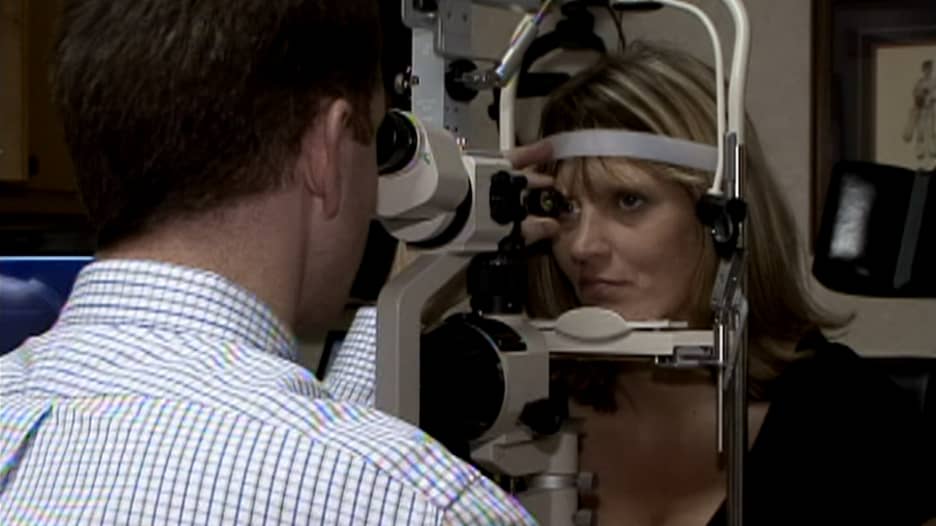دبي، الإمارات العربية المتحدة (CNN) -- أظهرت دراسة جديدة أنّ إحساس الشخص بوجود هدف في حياته يتراجع في الفترة التي تسبق تشخيصه بالخرف أو التدهور المعرفي، وبعد التشخيص.
وقالت المؤلفة الرئيسية للدراسة المنشورة الأربعاء، الدكتورة أنجلينا سوتين، في مجلة "JAMA Network Open": "وجود هدف في الحياة شعور يتمثّل بكون حياة المرء موجهة نحو هدف، وأنّها تتمتّع باتجاه. وهو عنصر مهم للرفاهية".
وأضافت سوتين، وهي أستاذة العلوم السلوكية والطب الاجتماعي في كلية الطب بجامعة ولاية فلوريدا، أنّ الباحثين يعرفون الآن أنّ الشعور بالهدف هو عامل مهم للتمتع بصحة جيدة خلال مرحلة البلوغ.
وأفادت سوتين في رسالة عبر البريد الإلكتروني: "وجدت الدراسات السابقة أنّ الأفراد الذين يشعرون بوجود هدف في حياتهم بشكلٍ أكبر أقل عرضة للإصابة بمرض الزهايمر وأنواع الخرف الأخرى".
وتابعت: "ننظر هنا إلى العلاقة بين الشعور بوجود هدف والضعف الإدراكي من الاتجاه الآخر: هل يؤثر التدهور على الشعور بوجود هدف؟".
وللتحقيق في هذا السؤال، نظر الباحثون في بيانات أكثر من 30 ألف شخص عبر دراستين، وهما دراسة الصحة والتقاعد من عام 2006 إلى عام 2021، ودراسة اتجاهات الصحة والشيخوخة الوطنية من عام 2011 إلى عام 2021.
تم تقييم المشاركين في الدراسة عدة مرات على مدار عدة أعوام لمعرفة مدى التدهور الإدراكي لديهم، ومستوى شعورهم بالتمتّع بهدف.
ورغم وجود بعض علامات التراجع عندما يأتي الأمر للشعور بوجود هدف خلال الأعوام التي سبقت التدهور الإدراكي، إلا أنّ التراجع كان أسرع بعد تشخيصه.
وقال الدكتور سام فازيو، كبير مديري جودة الرعاية، والأبحاث النفسية، والاجتماعية في "جمعية الزهايمر"، إنّ النتائج لم تكن مُفاجئة نظرًا لما يعرفه العلماء عن تراجع الصحة النفسية بعد التشخيص.
وتم تحديد الضعف خلال المهام المعرفية، وليس عبر التشخيص من قبل المختصين في مجال الرعاية الصحية.
تلقي الدعم
ويتفاوت مدى فقدان كل فرد للشعور بالهدف في الحياة من شخصٍ إلى آخر، بحسب سوتين.
ويجب على الأبحاث المستقبلية استكشاف هذه الأنماط لتحديد الأشخاص الأكثر عرضة للخطر.
ولكن من المهم للغاية محافظة الجميع على الإحساس بالهدف في وقتٍ لاحق من الحياة، وفقًا لسوتين.
وأوضحت أنّ عكس إحساس الشخص بوجود هدف في حياته، أي اللامبالاة، يمثل مشكلة كبيرة في الخرف. وأكّدت أنّ المصابين بالخرف يفقدون دافعهم للانخراط في الحياة.
وقالت: "من المهم للغاية أن يحافظ الأفراد على هدفهم في الحياة لمنع حالة اللامبالاة، أو تأخيرها على الأقل، فهي قد تقلل من نوعية الحياة".
وقال فازيو إنّ مقدمي الرعاية، سواءً كانوا محترفين أو من العائلة، مهمون لمساعدة شخص يعاني من ضعف إدراكي في الحفاظ على مستوى التفاعل.
وهذا صحيح بشكلٍ خاص مع تقدم مراحل الخرف، ما يُصعّب على الشخص بدء بعض الأنشطة بنفسه.
ونصح فايزو بإيجاد طرق للمساعدة في إشراك الشخص الذي يعاني من ضعف إدراكي في الأنشطة، ولكن دون السيطرة على زمام الأمور بحيث لا يتمتّع بالاستقلالية.
الاهتمام بالفرد وليس المرض فقط
وقال فازيو إنّ أفضل دعم يركز على الفرد ولا يقتصر على مرضه فقط، مشيراً إلى أنّ "جمعية الزهايمر" توفّر موارد لتقديم الرعاية والعيش بشكلٍ جيد مع الخرف.
وتشمل تقديم الرعاية الجيدة تخصيص الوقت للتعرف على الشخص، ومساعدته على إعادة التواصل مع تلك الهوية، بحسب فازيو.
وقد يعني ذلك التحدث عن حياتهم المهنية السابقة على سبيل المثال.







